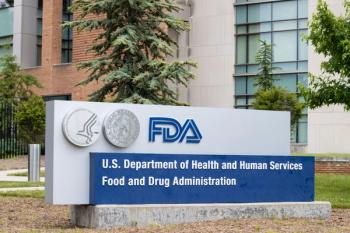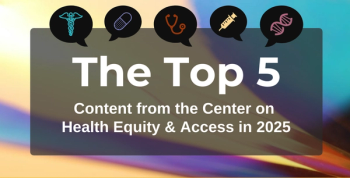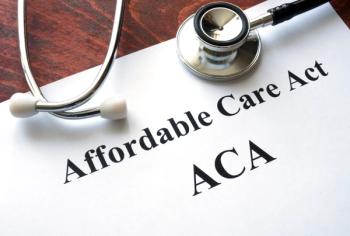
PCSK9 Therapy Requires Severe Price Reduction to Be Considered Cost Effective
PCSK9 inhibitor therapy plus a statin is not cost-effective option for the health system compared with statin alone, according to a study.
Proprotein convertase subtilisin/kexin type 9 inhibitor (PCSK9i) therapy plus a statin is not cost-effective option for the health system compared with statin alone, according to a study.
A
“Using the recent FOURIER trial results, we determined the health system perspective on the cost-effectiveness of adding PCSK9i to statin therapy,” wrote the authors. “We also projected the return on investment (ROI) for the US private and multipayer insurance market, adding a private payer’s view- point, which has been lacking thus far, to our knowledge.”
Of the 1000 hypothetical patients that were modeled in the study, at the current price of $14,300 a year, the incremental cost-effectiveness ratio of statin and PSCK9i therapy was calculated to be $337,729 per quality-adjusted life-year (QALY). Further analysis, at a health system perspective, found that the PCSK9i would be cost effective if the price per year dropped below $5459 where the willingness-to-pay level would be $100,000 per QALY. Ultimately, the PSCK9i treatment demonstrated a negative return on investment for 86% of private payers.
“Finally, our study provides critical insights on the breakeven price for private payers, which is extremely relevant for the US private, multipayer, insurance market. Our findings suggest that even greater discounts will be necessary for PCSK9i to be a financially sound investment for insurers,” explained the authors. “Because private payers might face the majority of the up-front investment but only a fraction of the long-term benefits, extensive deliberations are needed to identify the right financial incentives to overcome access barriers to these emerging interventions.”
In conclusion, PCSK9i statin therapies need a significant price reduction in order for the drugs to be considered cost-effectiveness and become a more accessible option for private payers.
Newsletter
Stay ahead of policy, cost, and value—subscribe to AJMC for expert insights at the intersection of clinical care and health economics.








































